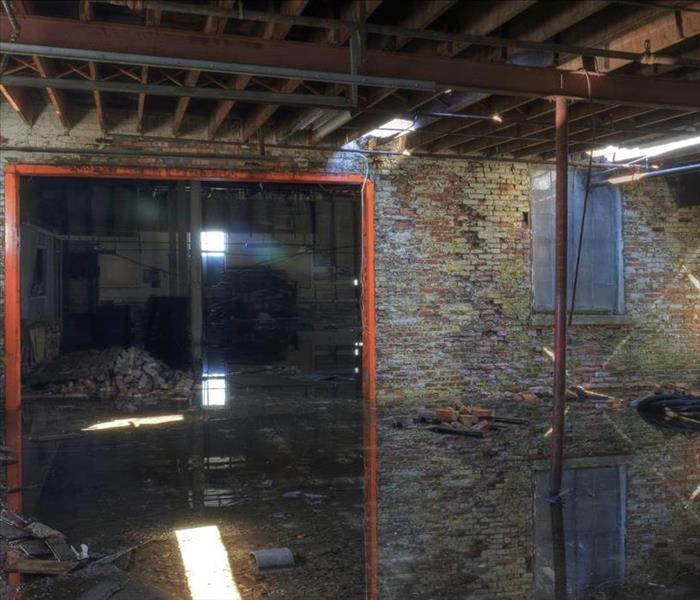When Is Flood Water Considered Black Water?
11/12/2020 (Permalink)
All flood water is not created equal — even if it’s all equally frustrating. When a flood strikes your Ogden, UT, commercial property, it’s important to know which category of water you’re dealing with, especially if that water is black water.
Category 1 Water
Water from a flood is classified into one of three categories, and of the three, this is the most benign. Category 1 water comes from a clean source, such as the following:
- Drinking fountains
- Toilet tanks
- Faucets
- Water supply lines
This type of water is free from contaminants and is generally safe for you to clean up on your own if you have the time and equipment. That said, if left untouched, Category 1 water can easily turn into Category 2 water.
Category 2 Water
Often referred to as “gray water,” this type of flood water likely contains bacteria that could make you sick if you ingest it. Category 2 water is the product of a variety of sources:
- Sink drains
- Failed sump pumps
- Dishwashers
- Washing machines
- Toilets containing urine only
- Seepage
Because of its unsanitary nature, it’s best to contact a flood damage restoration company to help you clean up after Category 2 flooding.
Category 3 Water
Category 3, or "black," water gets its name from the elevated level of contamination present. This type of water is typically highly toxic and should always be managed by professionals since contact with it can lead to considerable illness and other health problems. Its sources typically include the following:
- Rivers and streams
- Toilets containing liquid and solid waste
- Sewer backup
- Seawater
- Storm surge
- Stagnant water (where bacteria has likely begun to grow)
When in doubt, enlist the help of your local flood and storm damage mitigation company to help you clean up flood water. In addition to being the safest course of action, it’s also often the quickest way to return your property to its pre-flood state.




 24/7 Emergency Service
24/7 Emergency Service
